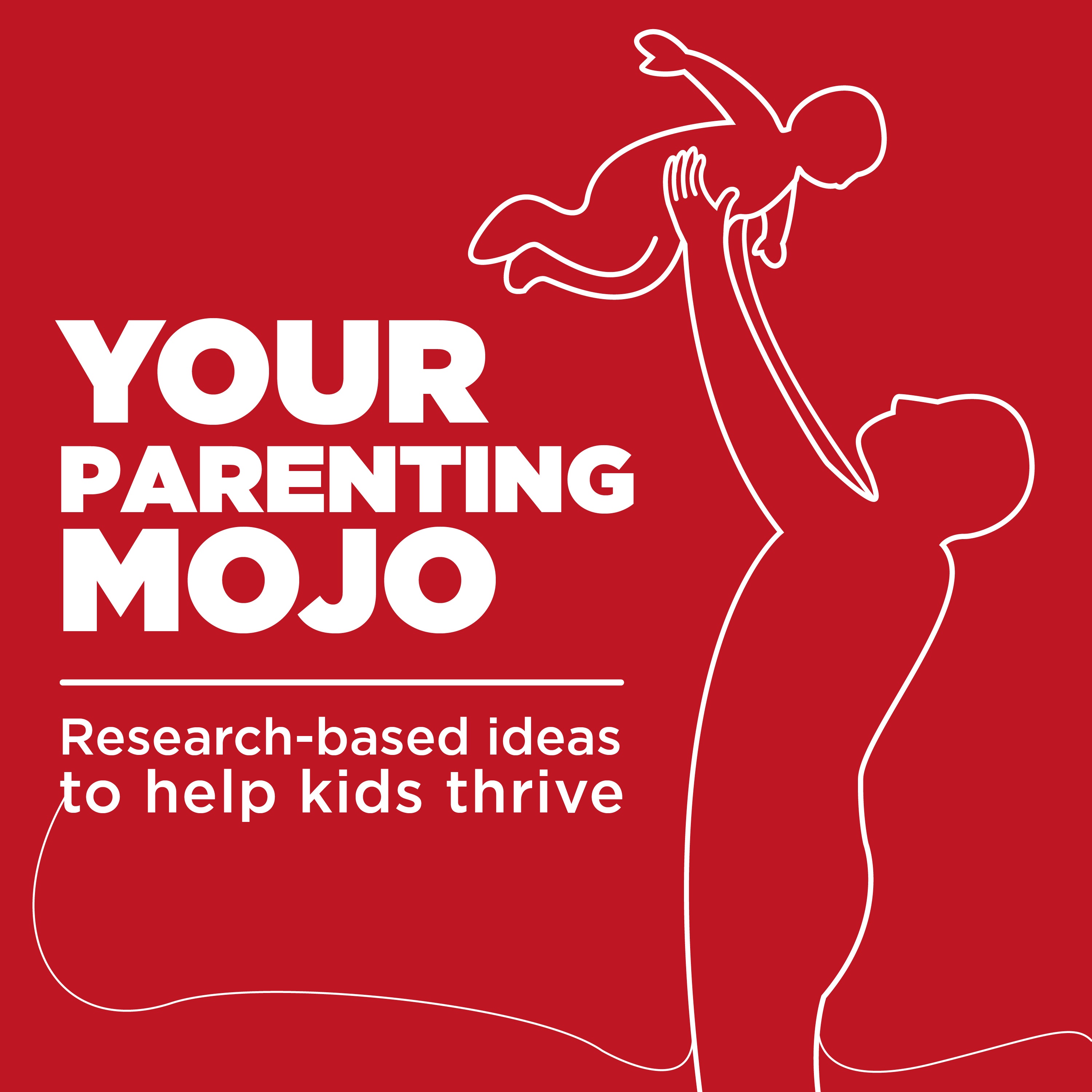033: Does your child ever throw tantrums? (Part 2)

Well this took a bit longer than I’d planned… WAY BACK in episode 11 I did Part 1 of a two-part series on tantrums, and was expecting to release the second episode in short order. Then I got inundated with interviews from awesome guests, which I always wanted to release as soon as I could after I spoke with them, and months have gone by without releasing that second episode. https://yourparentingmojo.com/tantrums-part-1/ (Episode 11) provided a lot of background information on tantrums: a seminal study in 1931 really forms the basis for all the research on tantrums that has been done since then, so we went through it in some depth to understand what those researchers found – I was surprised that so much of the information was still relevant to parents today. This episode considers the more recent literature – of which there actually isn’t a huge amount – to help us understand what’s going on during a tantrum, how to deal with them once they start, and how to potentially head them off before they even fully develop (don’t we all want that?!). References Denham, S.A., & Burton, R. (2003). Social and emotional prevention and intervention programming for preschoolers. New York: Kluwer Academic/Plenum. Green, J.A., Whitney, P.G., & Potegal, M. (2011). Screaming, yelling, whining, and crying: Categorical and intensity differences in vocal expressions of anger and sadness in children’s tantrums. Emotion 11(5), 1124-1133. DOI: 10.1037/a0024173 Levine, L.J. (1995). Young children’s understanding of the causes of anger and sadness. Child Development 66(2), 697-709. LeVine, R., & LeVine, S. (2016). Do parents matter? Why Japanese babies sleep soundly, Mexican siblings don’t fight, and American families should just relax. New York: Public Affairs. Lieberman, M.D., Eisenberger, N.E., Crockett, M.J., Tom, S.M., Pfeifer, J.H., & Way, B.M. (2007). Putting feelings into words: Affect labeling disrupts amygdala activity in response to affective stimuli. Psychological Science 18(5), 421-428. Parens, H. (1987). Aggression in our children: Coping with it constructively. Northvale, NJ: Jason Aronson. Potegal, M., & Davidson, R.J. (1997). Young children’s post tantrum affiliation with their parents. Aggressive Behavior 23, 329-341. Potegal, M., & Davidson, R.J. (2003). Temper tantrums in young children: 1. Behavioral composition. Development and Behavioral Pediatrics 24(3), 140-147. Potegal, M., Kosorok, M.R., & Davidson, R.J. (2003). Temper tantrums in young children: 1. Tantrum duration and temporal organization. Development and Behavioral Pediatrics 24(3), 148-154. Read Full Transcript Transcript Hello and welcome to the Your Parenting Mojo podcast. Today’s episode is the second in a two-part series on tantrums. The first part ran a few weeks ago and talked about the study done in 1931 that really forms the backbone for all of the research on tantrums that has been done since – and I was surprised to see that actually not a ton of research has been done since, so that first study really remains the gold standard in terms of the basis of our understanding of tantrums. This episode builds on that study and considers the more recent literature that can help us to understand what’s going on in a tantrum as well as methods we might try to avoid tantrums in the first place, and get through them once they start. Much of the more recent work to understand tantrums has been done by Michael Potegal at the University of Minnesota. He published a two-part series of articles a while back now, in 2003, which aimed to understand what kinds of behaviors and for how long tantrums tend to last in children. The first paper was on the behaviors in tantrums, which were gathered via a phone and follow-up mailed survey of 1219 families in Madison, Wisconsin. I should note here that if you’re a white middle-class parent of a toddler